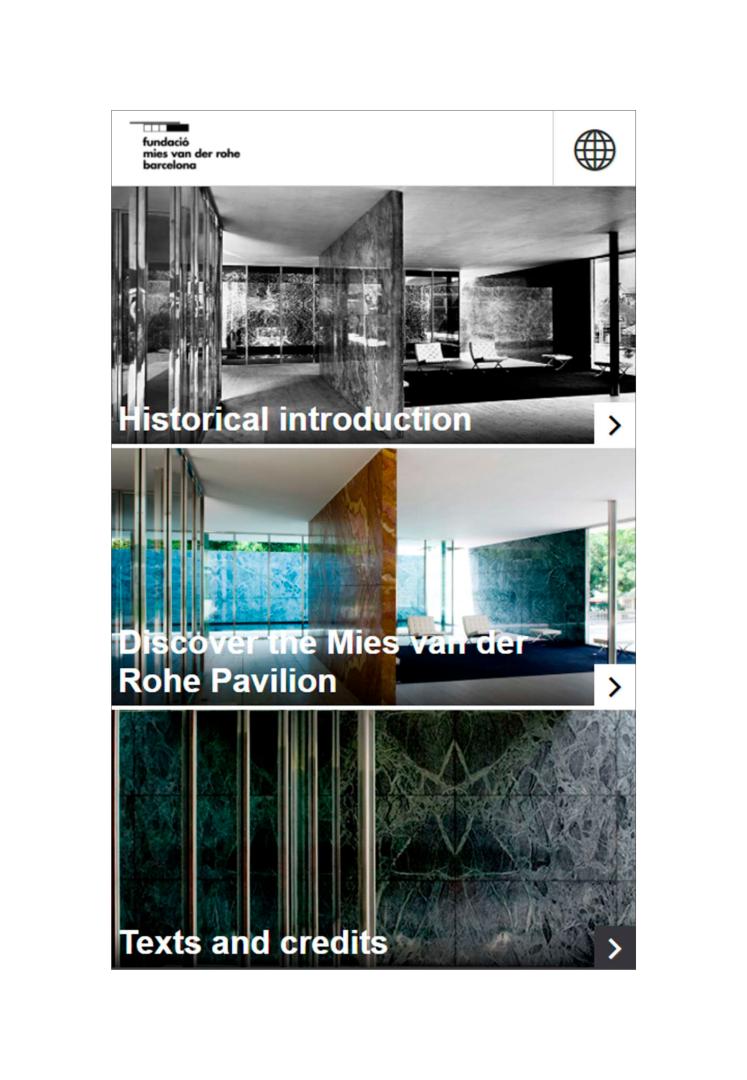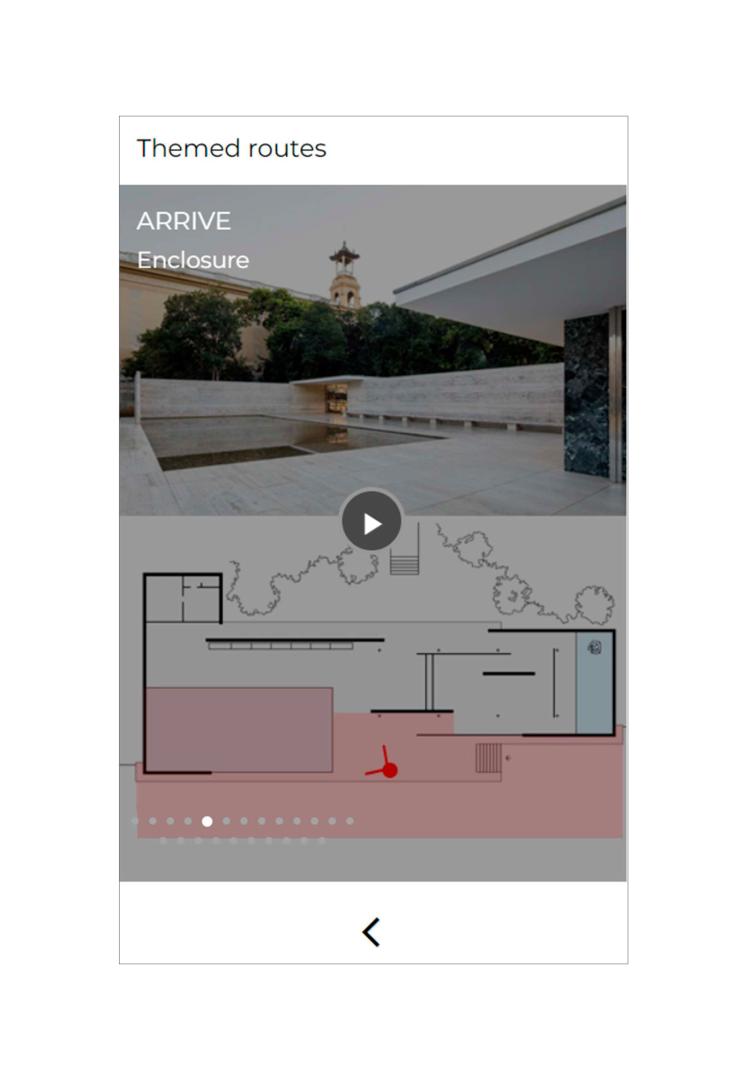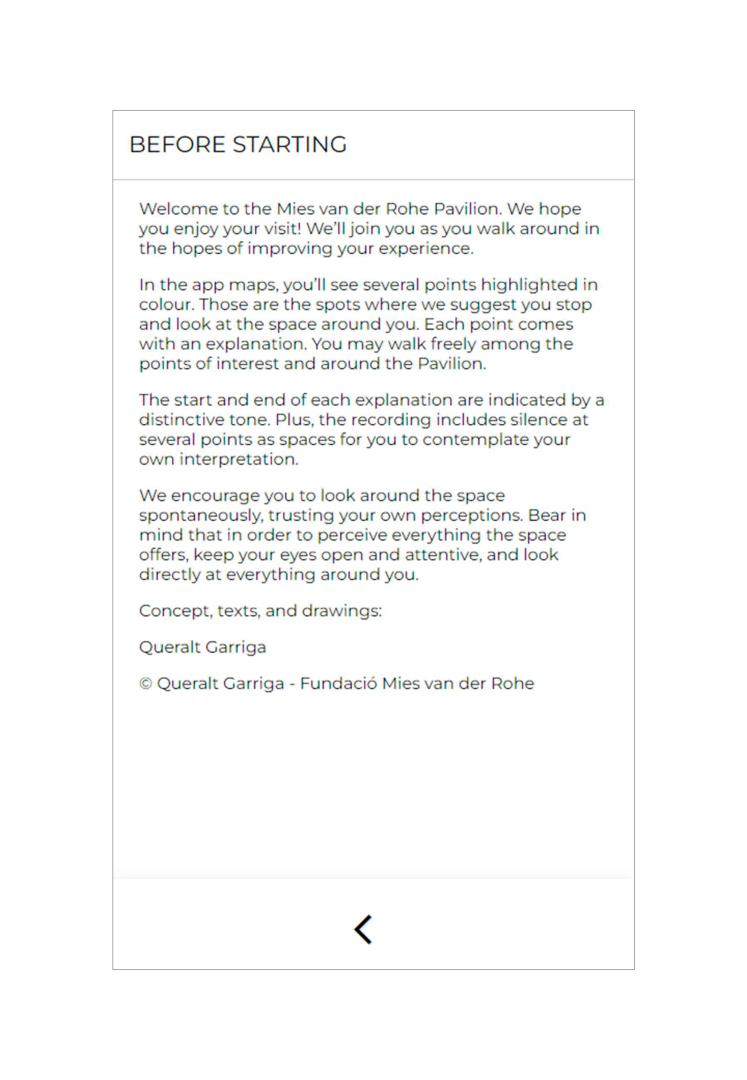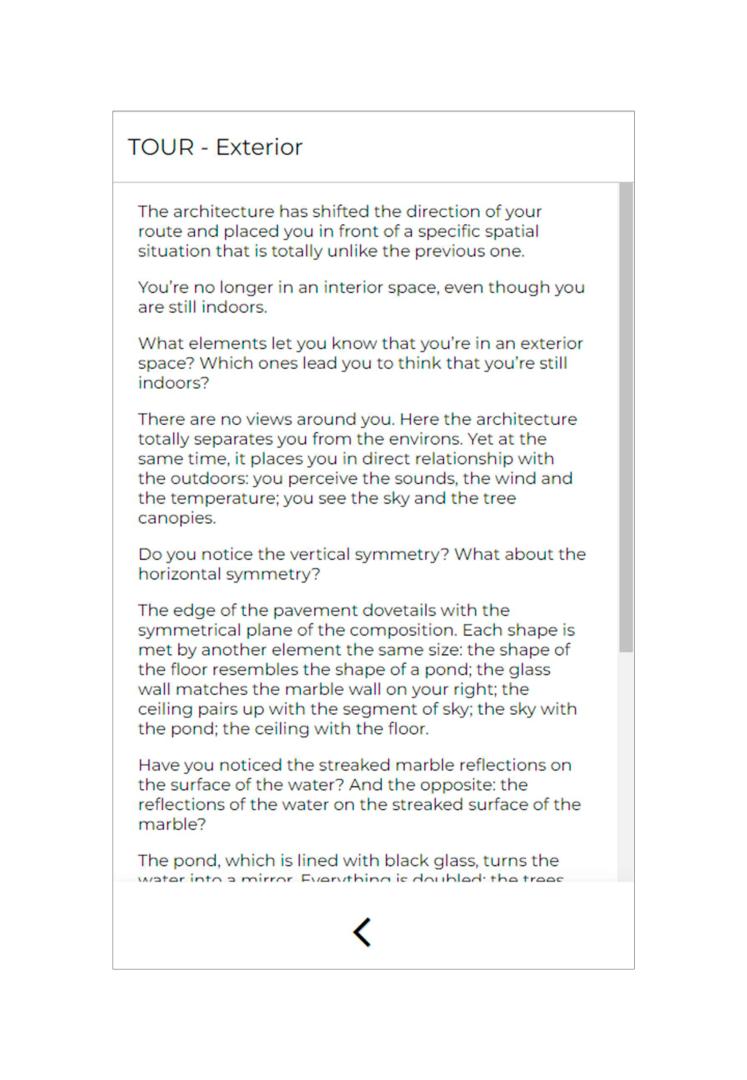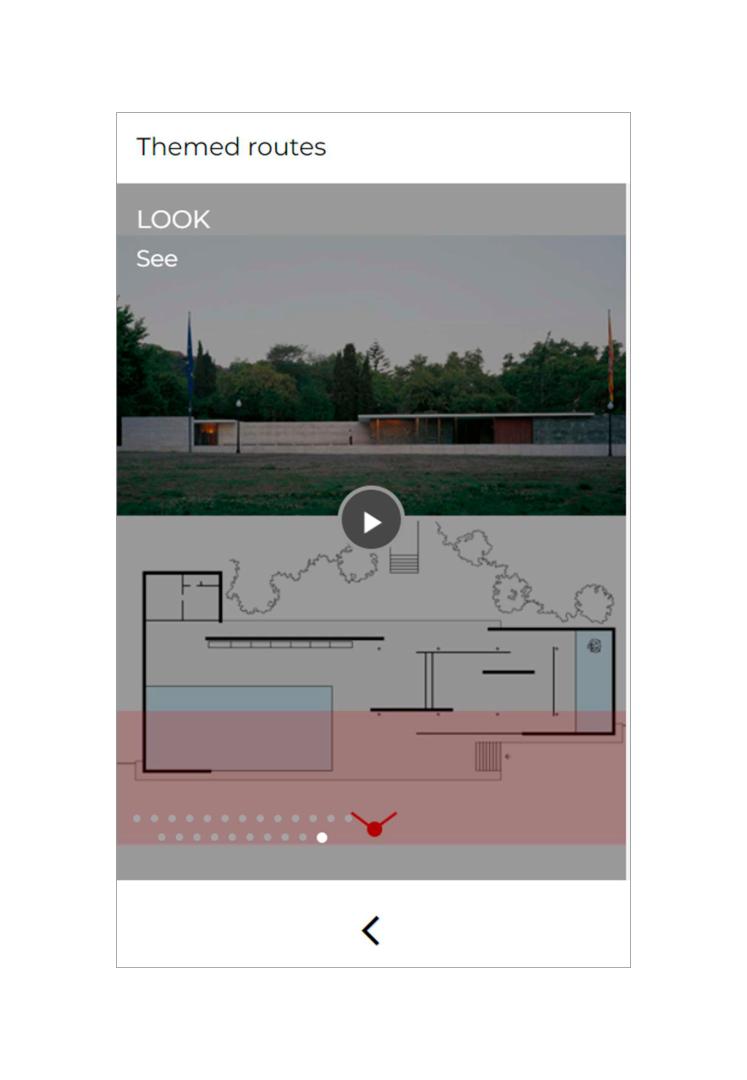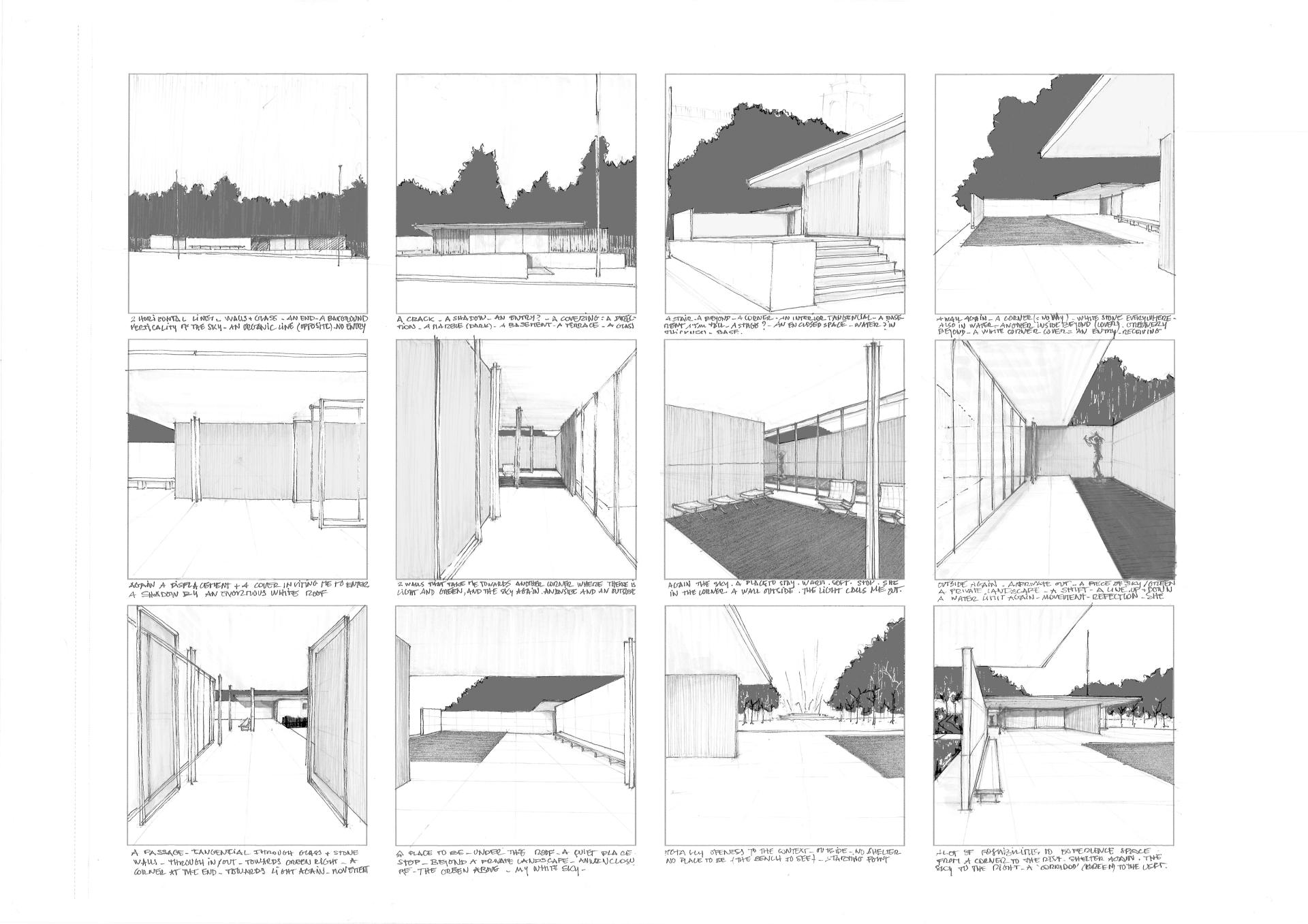DIFFUSE MUSEUM
Basic information
Project Title
Full project title
Category
Project Description
Diffuse Museum (DM) is a new methodology for the museographic interpretation of built heritage. It is based on the assumption that the best way to transmit architectural knowledge is through an individual, direct and conscious experience of space and it focusses its narrative on observation, dialogue and interaction between the individual and reality to produce its pedagogical process.
Geographical Scope
Project Region
Urban or rural issues
Physical or other transformations
EU Programme or fund
Which funds
Description of the project
Summary
Diffuse Museum (DM) is a new methodology for the museographic interpretation of built heritage. It is based on the assumption that the best way to transmit architectural knowledge is through an individual, direct and conscious experience of space and it focuses its narrative on observation, dialogue, and interaction between the individual and reality to produce its pedagogical process. It has been implemented for the first time in Barcelona, as the new audio guide for Barcelona’s Mies van der Rohe Pavilion, in March 2022, but it is based on a universal method that can be implemented anywhere, anytime, in all languages.
DM is a new way of understanding the transmission of architectural knowledge that focuses on the visitor with the intention that people experience architecture in a much more conscious way that would lead them to a greater appreciation of it. Unlike the usual museographycal interpretations that tend to analyze, document, quantify or date the different elements that make up the building, it is their effects on the space, the architectural situations they create, as well as the relationships they establish among themselves and the surrounding reality, which are the main focus of attention. Rather than 'documenting' elements and spaces, the visitor gains direct knowledge of their architectural value by physically moving through them and observing their interactions with them. This interpretation recognizes the aesthetic events caused by architecture. Not to explain them, but to demonstrate their qualities and make them present. MD considers the architectural interpretation of a building as a tour constructed for the concrete and conscious experimentation of the spatial phenomena that occur in the space through which one is passing. MD paves the way, accompanies the person, poses questions, and provides also silent pauses, according to a sensory and sequential narrative that speaks exclusively of what happens in the spaces through which one is traveling
Key objectives for sustainability
Citizens urgently need new interpretive instruments to learn to see and appreciate architecture. It Is urgent because the city is built by all of us, not just architects. We are all co-responsible of the city. Citizens must be supplied with methods and instruments so that together they can create a better debate and dialogue.
MD brings people and communities closer to architecture and prevents the loss of quality of the built environment and the landscape that surrounds us. MD responds to today's needs while working for future generations. MD Invites us to reconsider the relationship between society and architecture from a perspective focused on the daily experience of space, as a complement to an intellectualized perspective focused on historical knowledge or data. It can make a positive contribution to the protection, restoration, or regeneration of built environments. The project needs very few resources but entails enormous benefits for the communities by taking into account the local cultural heritage and the revaluation of what already exists.
The point of MD is not to turn citizens into architects, but to provide them with instruments that strengthen their position in the dialogue between architecture and society, facilitating conditions that permit citizens to shift from being consumers of architecture to being active and committed users. The goal is to create a critical society that contributes to a better-built environment and a better landscape.
Key objectives for aesthetics and quality
In architecture, the individual becomes aware of space through physically experiencing it. The experience of architecture deals with perceptual instead of conceptual material. The important thing then, for an appropriate interpretation of architecture is to transcript the experience, to be able to configure the relationship between the body and the space, Make explicit the characteristics of an architectural event and its time. That is, to proceed in a participative way. It is a question of proposing an interpretation that recognizes the aesthetic events caused by architecture. Not to explain it, but to demonstrate its qualities and make them present.
MD’s narrative doesn’t respond to a unidirectional communicative scheme (from 'one who knows' to 'one who does not know') but rather incite a conversation between the visitor and the space, that helps him to be more aware of the multiple architectural events that are occurring in space, right in that moment, around him. Interpretation is encouraged above all through stimulus and questioning, observations and emphasis; in the spirit of provoking a more space-conscious experience. MD promotes that the visitors experience directly, without previous data, that which is presented to them through a spontaneous observation. The observer’s reactions, observations and emotions are not preconditioned through intellectual or disciplinary information external to the personal encounter. So that they are called to initiate an intimate and genuine conversation with the artistic reality. MD is about activating a new consciousness of place, revealing its architectural potential and making the space tangible by letting visitors use their perceptual capacities and exponentially increase their ability to see.
Key objectives for inclusion
In general, institutions responsible for the diffusion of architectural culture use cryptic museological concepts and museographic tools that are far removed from the common citizen experience of space. Typically, architectural discourse is distant and intimidating. Although expert knowledge is required to thoroughly analyze a building’s characteristics, proportions and effects, anyone can grasp the sensations that are directly transmitted by a space, by taking note of their own reactions and trusting their own perceptions.
MD is designed to be usable for as many people as possible, fulfilling their variable needs and situations. It is a methodology that is universal and not dependent on the knowledge, ability, language, culture, gender, and age of the user. Its focus is especially to recognize, respect, and design with individual uniqueness in their interaction with space. The architectural event is inseparable from the individual who experiences it. For this reason, there is no single way to experience a built space. There are as many as people, all unique and all valid. DM’s methodology rather than 'documenting' elements and spaces, aims to accompany all visitors in their unique perception of the place so that they can be more aware of it through the spontaneous and intimate conversation spawned by direct interaction with the artistic reality.
In addition, it is an accessible interpretation, recognizable by the visitor because it refers to phenomena from his daily life or to his memory; it is about revealing architecture not as untouchable scenarios, but as lived-in places. MD is inclusive, affordable (because it is free), and accessible because it is universal and replicable. Moreover, it is also an adaptive system, that can easily change during the time if necessary. All scripts and text used for the audioguide are uploaded online for open and free public access.
Results in relation to category
It is still early to make an evaluation of the Diffuse Museum methodology: its first real implementation -the audio guide of the Mies van der Rohe Pavilion, in Barcelona- has been implemented in March 2022.
How Citizens benefit
During the development of the project, several prototypes of the audio guide were tested to prove its usability and communicative effectiveness. During the first months of the practical and public implementation of the final audio guide, satisfaction surveys will be carried out that, compared with the previous surveys, will hopefully serve to justify its effectiveness. As said before, MD is also an adaptive system, that can easily change during the time if necessary.
Physical or other transformations
Innovative character
The interpretation of our built heritage has not traditionally been a task of architects and therefore seldom addresses the experience of space through movement and time. Architectural phenomena –that result from the conjunction of these variables- are not part of the script. Today, architecture still needs its own specific, comprehensible museographic interpretation, which speaks exclusively about the experience of space: an interpretation based on the assumption that architecture structures, orders and articulates individual, concrete, and perceptible spatial experiences. The experience of an architectural work is a singular phenomenon and has very little to do with stylistic or identifying classifications, which give us limited artistic interpretations that only refer to an aseptic and distanced vision of the architectural events that occur in space. It could be said that, until today, the interpretation of architecture has been based on the accumulation of many facts, but very little actually looking. This often ends up making what we have before our eyes become invisible. This work advocates for an interpretation of architecture focused on the visitor and their reception of its message. The visitor is placed at the center of a pedagogical process based on a dialogue and informed by the direct experience of space. This approach relegates all other kinds of notions or information (relating to history, the rationale on which the work is based, the necessities it satisfies, the technical complexity, etc.) to a secondary, subsidiary role to the individual experience of space. Interpretation is encouraged above all through stimulus and questioning, in the spirit of provoking a more space-conscious experience. It promotes that the visitor experiences directly, without previous data, that which is presented to them. So that they are called to initiate an intimate and genuine conversation with the artistic reality.
Learning transferred to other parties
The MD approach is universal and can be implemented anywhere, anytime, around the world, in all languages and locations. It is a methodology that finds its material support in new technologies (it needs an app-type interface or similar) and that uses mobile phones as devices for issuing information and documentation.

